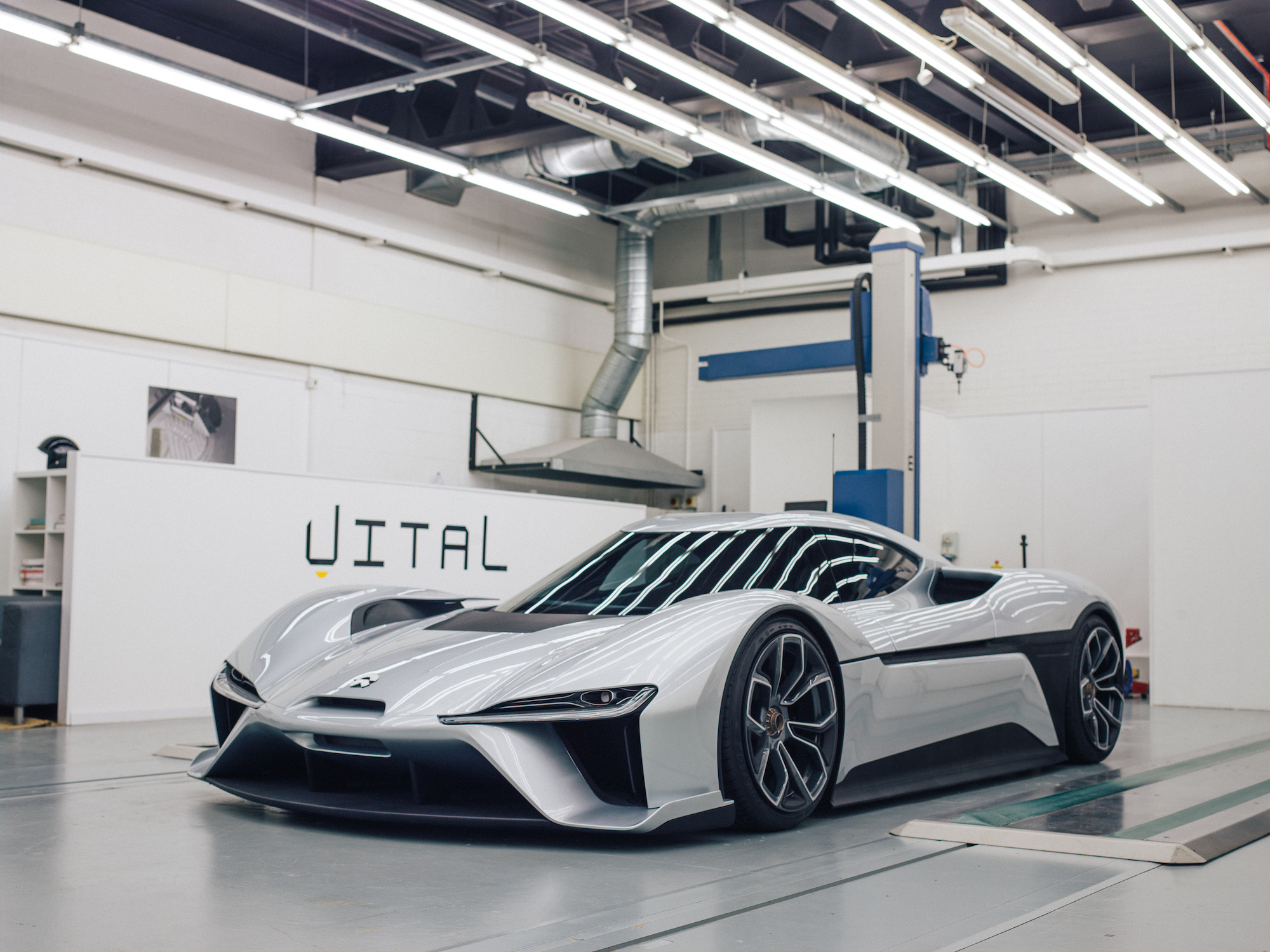

When large automobile companies need to build a physical example of their designers’ latest flights of computer-rendered fancy, they call British fabrication specialist shop Vital Auto. Vital creates concept cars for a roster of clients that includes Rolls-Royce, McLaren, Jaguar, Lotus, Volvo, Nissan, Tata, and Geely.
The outfit uses two different methods to render these concepts into the physical world. The first is what is known as subtractive manufacturing. This is when a Computer Numerical Control (CNC) machine does the carving, following a software model of the part to know what to carve away. Commonly the process starts with a solid block of aluminum and the machine whittles a massive block of metal down to a finished component.
The second is 3D printing, which, in contrast, is additive manufacturing. This is when parts are made by gradually adding layers of material until enough have accumulated that there is a finished object. Additive manufacturing can be more efficient than subtractive manufacturing because it doesn’t produce a pile of aluminum shavings to be recycled, and it has the added benefit of being able to create shapes that are impossible to form using traditional subtractive methods.
“Clients typically come to us to try and push the boundaries of what’s possible with the technology available,” said Shay Moradi, Vital’s VP of innovation and experiential technology, in a video describing the company’s operations. “They don’t have time for experimentation themselves, but they can rely on us to bring about all the different elements that go into creating the exact tool that they require to do the job.”
[Related: Ford added more power to its electric Mustang Mach-E. Here’s how it drives.]
Because it sounds like it comes from the realm of science fiction and the replicators of Star Trek lore, 3D printing is what we might expect that an outfit like Vital would prefer for its modern creations. In fact, the company says that it has found both 3D printing and the subtractive technique to be technologies that are complementary, not competitive, so it uses them both to create concept cars.

“A lot of people think additive manufacturing is here to replace subtractive manufacturing,” observed Vital design engineer Anthony Barnicott in the same video. “We don’t think that. We use the two together to support each other. We have many parts where we would use subtractive manufacturing and then have additive manufacturing produce all of the finer details. This allows us to have a more cost-effective way of producing our concept models.”
Vital got its start with a project to build the EP9 concept car for Chinese electric car maker NIO in 2015, and that low-slung supercar remains the company’s signature creation. The company employs an array of 3D printers, including 14 large-format FDM printers, three Formlabs 3L large-format stereolithography (SLA) printers, and five Formlabs Fuse 1 selective laser sintering (SLS) printers.
Each of these devices provides a unique capability as complements to subtractive manufacturing techniques. This has let Vital work more quickly while evaluating more alternatives than would otherwise be possible.
“Formlabs materials give us a nice, smooth finish for our painters to work with, we can use these parts straight out the printer, straight onto a vehicle,” said Barnicott.
“What interests me most about the Form 3L machines is their versatility, the ability to do a material change in less than five minutes and the variability of those materials going from a soft, flexible material to a hard and rigid material for us is priceless,” he added.
While highly visible parts like door handles and brake calipers might seem like the glamor components on projects like these, it is the new ability to 3D-print soft rubber door seals rather than having to tool up the extrusion process to make those parts, that the company points to as a highlight.
These tools have also had an impact on the process of creating concept cars because the shorter timeline for making parts permits rapid iteration of changes. “Typically when we would CNC machine parts, we would have to wait two, three, four days to get the parts in our hands,” recalled Barnicott. “The Fuse 1 has allowed us to have hands-on parts, in most instances, less than 24 hours.”
A typical show car—which generally will provide the appearance of the eventual product, but probably won’t include a drivetrain—can go through many design iterations, so speed is essential. “Sometimes we will have one or two iterations, sometimes we will have ten or twelve iterations,” he said. “Within those iterations can be further iterations of smaller components.”
With computer images of designs, we might wonder why these iterations are all done virtually. But that just isn’t a good enough representation of the parts, according to Moradi.
“I think there’s always going to be a place for physical manufactured objects as well,” he said. “There’s nothing that beats the sensation and feeling of holding an object in your hands with the correct weight, with the correct proportions, and the dynamics of how the physical environment changes your perception of that physical object.”
“There are certain things that you can’t qualify as emerging technology anymore,” Moradi noted. “3D printing is one of those things. 3D printing has gone from being a novelty to being an absolutely inseparable part of what we do.”
